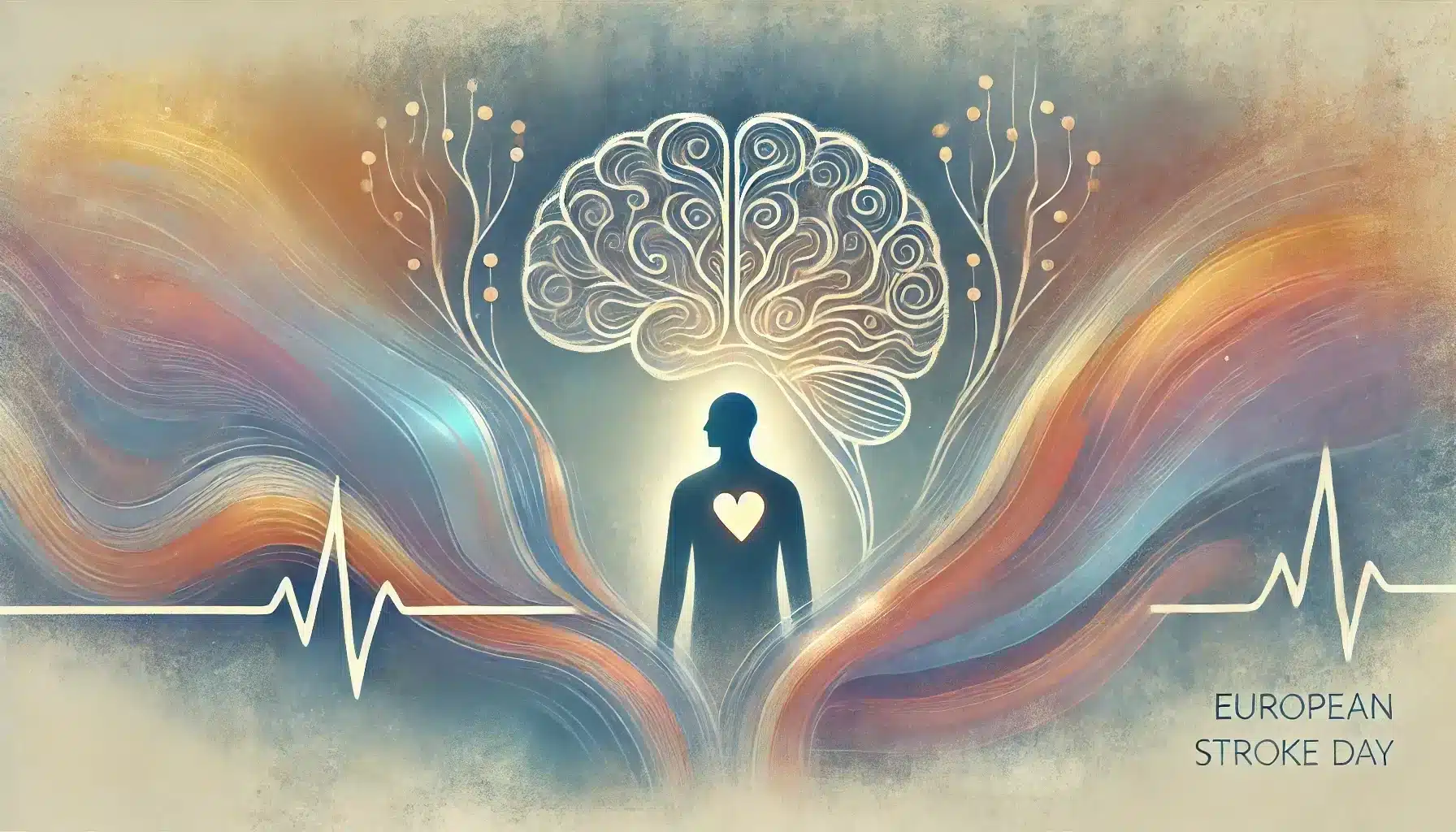What is European Stroke Awareness Day?
European Stroke Awareness Day is observed annually on the second Tuesday of May to increase public awareness about stroke prevention, recognition, and treatment across Europe. The day emphasizes the importance of understanding stroke symptoms, promoting preventive measures, and ensuring equitable access to quality care for stroke patients and survivors.
Stroke is one of the leading causes of death and disability in Europe. Early detection and rapid treatment can significantly reduce its impact. By spreading knowledge about the warning signs and risk factors, European Stroke Awareness Day aims to encourage timely medical intervention and long-term prevention strategies.
History and Origin
European Stroke Awareness Day was established by the European Stroke Organisation and the Stroke Alliance for Europe to address the growing burden of stroke in Europe. These organizations advocate for better prevention, improved treatment, and comprehensive support systems for stroke survivors.
In 2018, they introduced the Stroke Action Plan for Europe 2018–2030, which outlines steps to improve stroke care across the continent. European Stroke Awareness Day serves as a key moment to highlight these initiatives, track progress, and push for continued improvements in stroke prevention and rehabilitation.
Who Celebrates European Stroke Awareness Day?
- Healthcare professionals and organizations: Conduct screenings, workshops, and awareness campaigns.
- Stroke support groups and advocacy organizations: Organize events to educate and provide resources for survivors and caregivers.
- Educational institutions: Integrate stroke awareness into health education programs.
- Government agencies and policymakers: Promote public health initiatives focused on stroke prevention.
- General public: Learn about stroke symptoms, participate in prevention efforts, and support awareness campaigns.
Slogans and Themes
European Stroke Awareness Day focuses on stroke prevention, early detection, and equitable care. Each year, the campaign highlights key messages to raise awareness.
Common slogans include act fast: recognize stroke symptoms early, prevent stroke: know your risk factors, and equitable care for every stroke patient. These messages reinforce the urgency of stroke response and the importance of accessible healthcare.
Colors, Symbols, and Patterns
Colors
- Red: Represents urgency and the critical need for immediate stroke recognition.
- Blue: Symbolizes healthcare, wellness, and recovery support.
- White: Reflects awareness, education, and the clarity needed to recognize stroke symptoms.
Symbols
- Brain icon: Highlights the organ affected by stroke and the importance of neurological health.
- Clock: Emphasizes the time-sensitive nature of stroke treatment and the need for rapid response.
- Heartbeat line: Represents cardiovascular health and the connection between heart disease and stroke risk.
Patterns
- Arrow motifs: Indicate the urgency of taking fast action when stroke symptoms appear.
- Infographic designs: Used to present key facts about stroke risks and warning signs.
- Pulse wave patterns: Symbolize health monitoring and the importance of preventive care.
Most Used Hashtags
- #EuropeanStrokeAwarenessDay
- #ActFAST
- #StrokePrevention
- #StrokeSupport
- #StrokeAwareness
How to Celebrate European Stroke Awareness Day
- Attend educational workshops: Learn about stroke prevention, risk factors, and emergency response.
- Get a health screening: Participate in blood pressure and cholesterol checks to assess stroke risk.
- Join awareness campaigns: Share information, personal stories, and resources on social media.
- Support fundraising events: Contribute to research and patient support programs through charity runs or walks.
- Advocate for better stroke care: Encourage policies that ensure access to timely and effective treatment.
Why is European Stroke Awareness Day Important?
Stroke is a leading cause of death and disability in Europe, with a major impact on individuals, families, and healthcare systems. Raising awareness through European Stroke Awareness Day helps improve early recognition, promote healthy lifestyle choices, and ensure better access to life-saving treatments.
Public education on stroke symptoms and prevention strategies can save lives. Encouraging regular health check-ups, managing risk factors like high blood pressure, and promoting quick emergency responses all contribute to reducing stroke-related disabilities. By focusing on these areas, this awareness day helps improve the quality of life for stroke survivors and strengthens healthcare systems across Europe.
Features
- Health
